There are several historical figures who made fundamental contributions to the development of human anatomy and can be considered among those shaping the field. However, when asking, “Who is the father of anatomy?” the answer most often points to Herophilus of Alexandria.
The Pioneers of Anatomy
- Alcmaeon of Croton (~500 BC) – An Ancient Greek physician who first proposed that the brain was the central controlling organ of the body. He also made anatomical observations of the eye and ear.
- Herophilus of Alexandria (335-280 BC) – Often referred to as the “father of anatomy,” he performed systematic anatomical dissections on human cadavers and made detailed descriptions of the nervous system, liver, reproductive system, digestive tract, and eye.
- Galen (129-216 AD) – A prominent Roman physician and surgeon who expanded knowledge of human anatomy through the dissection of animals and surgical procedures. His anatomical theories remained influential for centuries and his ideas dominated medical thought through the Middle Ages.
- Andreas Vesalius (1514-1564) – A Flemish anatomist often considered the “father of modern anatomy.” His work De Humani Corporis Fabrica Libri Septem revolutionized the study of human anatomy by correcting errors in Galen’s findings, it was a groundbreaking anatomical text of the 16th century.
- William Harvey (1578-1657) – An English physician who made major discoveries in circulatory system anatomy, particularly blood vessels and the heart as a muscle. His treatise, Exercitatio Anatomica de Motu Cordis et Sanguinis in Animalibus, transformed medical knowledge.
Early Foundations of Anatomy
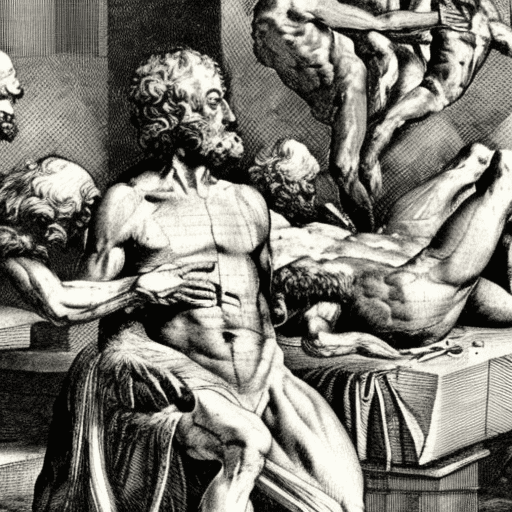
While anatomy had earlier origins, these physicians made foundational advances in understanding the structure of the human body through direct observation, measurement, and illustration. Their work established anatomy as a distinct medical science.
It is said that the primary father of anatomy was a man by the name of Herophilus of Alexandria. He was born in Greece in around 330 BC and was one of the first people to study human anatomy scientifically.
He performed dissection of the human body on criminals who had been executed and made many important discoveries about how the body works. His work laid the foundations for modern anatomy and he is considered to be one of the most important figures in medical history.
Herophilus was a Greek physician who is considered the father of anatomy. He performed detailed anatomical dissections of human and animal bodies in order to understand how they worked. He also developed medical theories based on his findings, which were a big step forward for the field of medicine.
Herophilus’ work helped pave the way for the later discovery of antibiotics and other medical advances.
Why is Herophilus the father of anatomy?
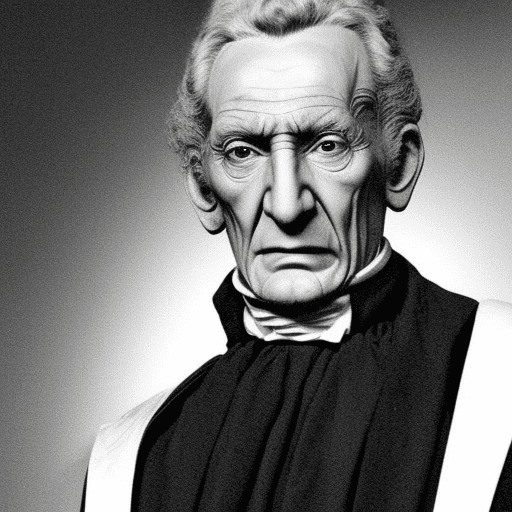
Herophilus of Chalcedon was a Greek physician who lived in the third century BCE and is considered to be the father of anatomy for his groundbreaking work in describing the human body.
Herophilus performed public dissections of human cadavers, which was a highly controversial practice at the time. He was the first to correctly identify the brain as the seat of intelligence, and he also made significant discoveries about the nervous system and blood vessels. His research helped distinguish between different types of nerves, identifying motor nerves and sensory nerves, which laid the foundation for neuroscience.
Herophilus’ work laid the foundation for future generations of anatomists, and his findings are still studied and referenced today. Thanks to his pioneering work, Herophilus is rightfully considered the father of anatomy.
What were Herophilus most important discoveries about anatomy?
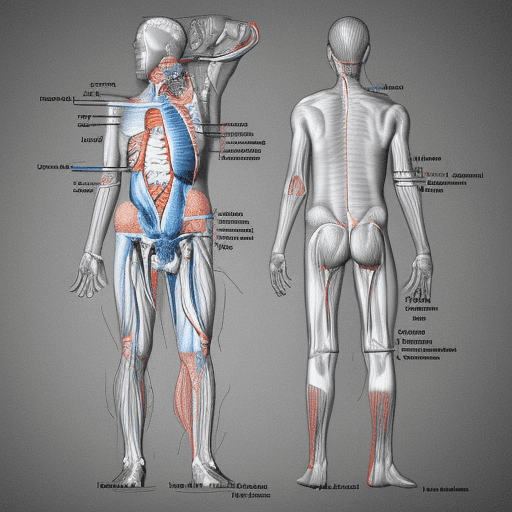
Herophilus was one of the first scientists to study human anatomy in a systematic way, and his work had a profound impact on the development of medicine.
Herophilus began by dissecting human cadavers, and he quickly made a number of important discoveries about the human body. For example, he correctly identified the brain as the seat of intelligence, and he correctly described the structure of the heart and lungs. In addition, Herophilus was the first to provide detailed descriptions of the nervous system and blood vessels.
His work established anatomy as a separate branch of medicine, and it laid the foundation for future advances in medical science.
How did Herophilus work influence modern medicine?
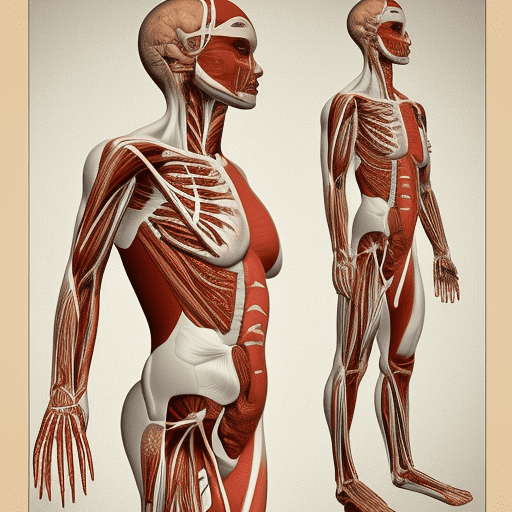
Herophilus is considered to be one of the most important figures in the history of medicine, and his work had a profound influence on the development of modern anatomy.
Herophilus was the first doctor to systematically study the human body. He dissected human cadavers and made detailed observations about the anatomy and physiology of the human body.
Herophilus also pioneered the use of experiments to test medical theories. For example, he is believed to be the first doctor to test the efficacy of herbal medicines by giving them to patients and observing their reactions.
Herophilus’ work helped to lay the foundation for modern scientific medicine, and his legacy continues to influence medical education and research today.
The Legacy of Herophilus’ Work
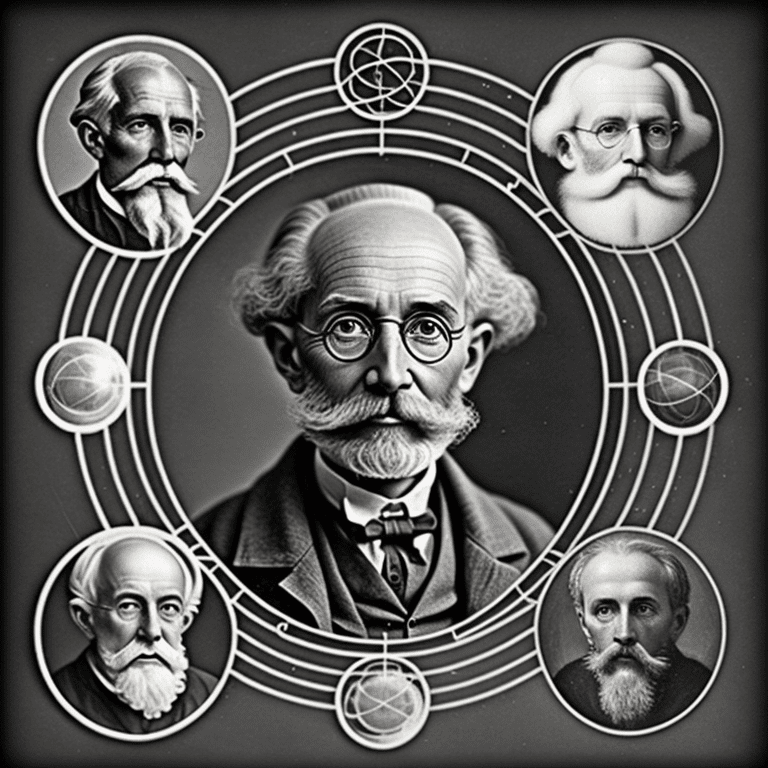
Herophilus’ contributions were monumental in establishing anatomy as a distinct branch of medicine. He not only classified different parts of the human body but also pioneered the practice of vivisection on condemned criminals to further medical understanding. His discoveries in the nervous system, motor nerves, and the reproductive system were groundbreaking.
His influence extended beyond his time, impacting future anatomists like Andreas Vesalius, who later refined anatomical studies at the University of Padua. Vesalius traveled extensively to study human cadavers and challenge long-held medical misconceptions. His work, De Humani Corporis Fabrica Libri Septem, became the gold standard for anatomical research helping scholars toggle the fabric of the human body, challenging previous misconceptions and building upon the early contributions of Herophilus.
Comparing Herophilus’ Work to Other Early Anatomists
Herophilus of Alexandria’s approach to anatomical studies was far more advanced than that of his predecessors, who relied mainly on animal dissections. Unlike earlier anatomists, Herophilus insisted on dissecting human cadavers to understand human anatomy accurately. His meticulous research, combined with systematic human dissections, made him stand apart from other early medical scholars.
Although Herophilus’ work was largely lost over time, references to his findings appear in later works. His pioneering efforts ultimately helped shape the future of anatomical study, influencing not only Vesalius work but also other scholars supported by patrons like Philip II of Spain and the Holy Roman Emperor. Leonardo da Vinci also made significant contributions to anatomical studies through his detailed anatomical sketches.
Conclusion
The contributions of Herophilus of Alexandria to human anatomy were revolutionary, setting a precedent for modern anatomy. His research, though controversial at the time, paved the way for systematic anatomical dissections, influencing scholars at the University of Padua and beyond. Today, his legacy endures, cementing his title as the father of anatomy. His contributions align with other scientific pioneers, as seen in the list of “Father Of” articles below, showcasing the key figures who shaped various scientific disciplines.
Other “Father Of” Scientific Field Articles:
- Father of Botany
- Father of Zoology
- Father of Ecology
- Father of Bacteriology
- Father of Immunology
- Father of Biology
- Father of Physiology
- Father of Virology
- Father of Anatomy
- Father of Physics
Article Sources
Jacks of Science sources the most authoritative, trustworthy, and highly recognized institutions for our article research. Learn more about our Editorial Teams process and diligence in verifying the accuracy of every article we publish.
